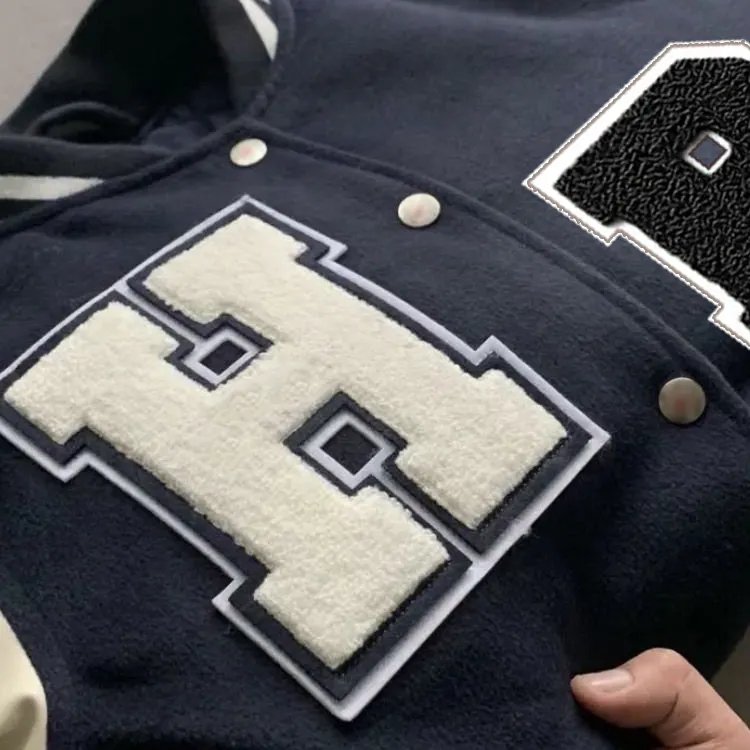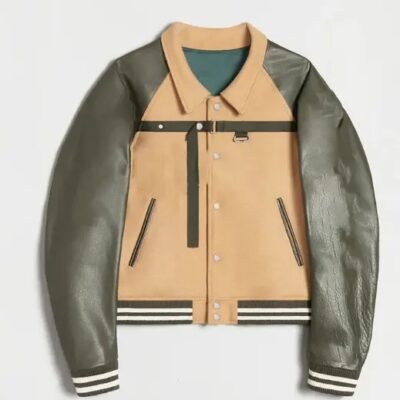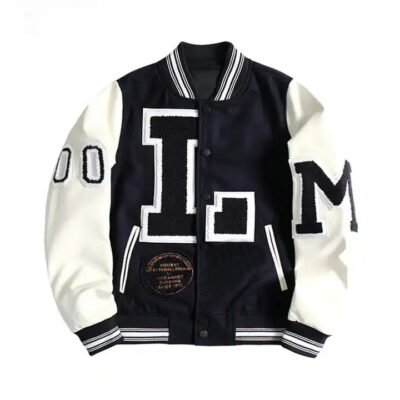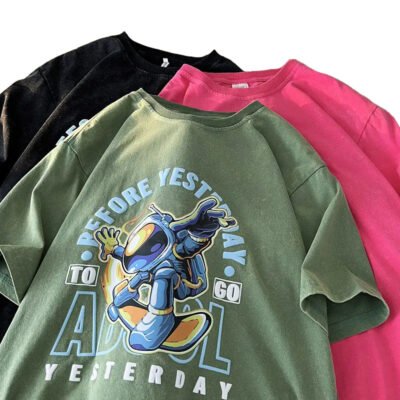
Embroidered sweaters have become a staple in fashion, blending comfort with artistic expression. Whether you’re a DIY enthusiast or a designer looking to add a personal touch to your clothing line, understanding the various embroidery techniques is essential. Let’s explore the different ways to embroider sweaters and how each method can bring your designs to life.
1. Hand Embroidery
Hand embroidery is the most traditional form of sweater embellishment. This method involves using a needle and thread to create intricate designs, often based on freehand patterns or pre-drawn templates. Common stitches used in hand embroidery include the satin stitch, chain stitch, and backstitch, among others.
Pros:
- Offers complete creative control.
- Allows for unique, one-of-a-kind designs.
- Suitable for small, detailed work.
Cons:
- Time-consuming.
- Requires a high level of skill and patience.
2. Machine Embroidery
Machine embroidery has become increasingly popular due to its efficiency and consistency. This method uses an embroidery machine to replicate designs with precision. Modern machines can handle complex patterns and large production runs, making this technique ideal for commercial purposes.
Pros:
- Fast and efficient.
- Capable of producing consistent, high-quality results.
- Suitable for both small and large-scale projects.
Cons:
- Requires access to an embroidery machine, which can be costly.
- Limited by machine capabilities in terms of stitch variety.
3. Appliqué Embroidery
Appliqué is a technique where pieces of fabric are sewn onto a sweater to create a design, often finished with decorative stitching. This method adds texture and dimension to the embroidery, making it particularly striking for bold, graphic designs.
Pros:
- Adds a three-dimensional effect to designs.
- Can use a variety of fabrics for different textures.
- Suitable for larger, more graphic designs.
Cons:
- Requires precise cutting and stitching.
- Can be challenging to maintain fabric edges.
4. Chain Stitch Embroidery
Chain stitch embroidery is characterized by its looped stitches that resemble a chain. This technique can be done by hand or with a specialized machine, creating durable and bold lines that stand out on sweaters.
Pros:
- Creates strong, durable embroidery.
- Produces bold, visible lines perfect for outlining.
Cons:
- Limited in terms of the variety of stitches.
- Can be time-consuming when done by hand.
5. Free-Motion Embroidery
Free-motion embroidery allows for a more artistic, freeform approach to machine embroidery. The fabric is manually guided under the needle, creating fluid, dynamic designs that can range from abstract to detailed illustrations.
Pros:
- Offers creative freedom similar to hand embroidery.
- Faster than traditional hand embroidery.
- Ideal for artistic, one-of-a-kind designs.
Cons:
- Requires practice and skill to master.
- May lack the precision of traditional machine embroidery.
6. 3D Puff Embroidery
3D puff embroidery involves using foam under the embroidery to create a raised, three-dimensional effect. This method is commonly used for logos and text, giving the design a prominent, tactile quality.
Pros:
- Creates a striking, three-dimensional effect.
- Ideal for logos, monograms, and bold designs.
Cons:
- Limited to designs that work well with the 3D effect.
- Requires careful handling to maintain the puff.
7. Cross-Stitch Embroidery
Cross-stitch is a counted-thread embroidery technique that involves making X-shaped stitches in a tiled pattern. While more commonly seen on canvas, cross-stitch can also be adapted for sweaters, especially with thicker yarns.
Pros:
- Creates detailed, pixel-like designs.
- Great for geometric patterns and pixel art.
Cons:
- Time-consuming and requires precision.
- Best suited for smaller, detailed designs.
Conclusion
The art of embroidering sweaters offers endless possibilities, from delicate hand-stitched patterns to bold, machine-created designs. Whether you’re looking to add a personal touch to a garment or create a unique piece for your fashion line, the right embroidery technique can elevate any sweater into a work of art. Explore these methods, experiment with different styles, and bring your creative visions to life.








